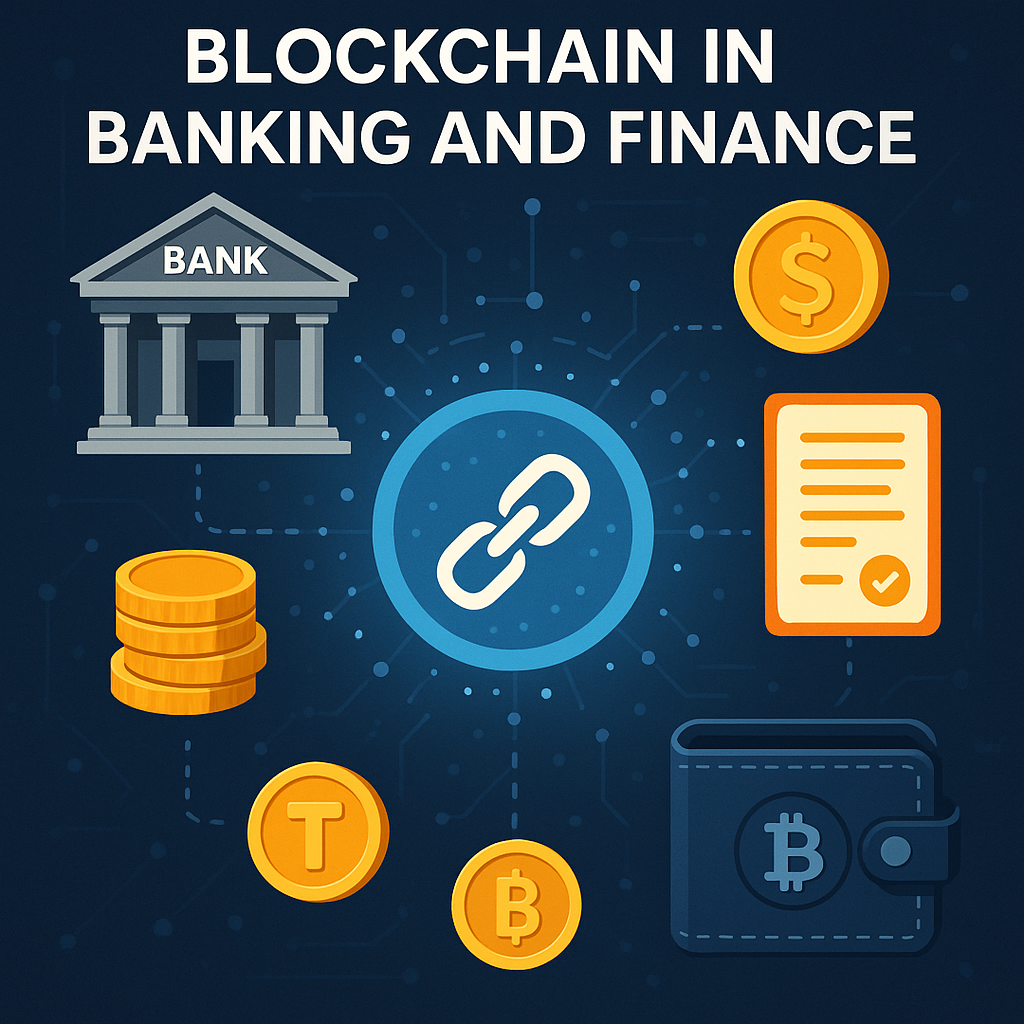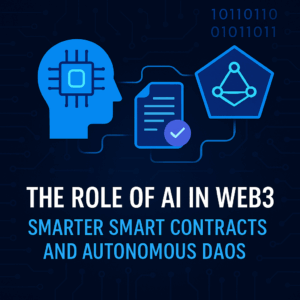Blockchain
Crypto
bee hive defense, blockchain basics, blockchain comparison, blockchain technology, blockchain vs database, centralized vs decentralized, clicker game, consensus mechanism, data security, data transparency, digital ledger, flutter bees, immutability, stress relief games, telegram mini app, traditional database, web3
Akshay Thakur
0 Comments
Blockchain vs Traditional Databases – What’s the Difference?
As blockchain technology gains popularity, one common question arises: How is blockchain different from the traditional databases we’ve used for decades? Understanding the differences helps us see why blockchain is more than just a trend — it’s a complete shift in how data can be stored, secured, and shared.
- Data Structure
Traditional Databases:
Data is stored in rows and columns (tables) in a centralized server. Think of it like a spreadsheet in one location.
Blockchain:
Data is stored in blocks linked together in a chronological chain. Each block contains a batch of transactions, and once recorded, it can’t be changed.
- Centralization vs Decentralization
Traditional Databases:
Controlled by a central authority (like a company or admin). They have full control over data access and updates.
Blockchain:
Is decentralized. No single person or company controls the data. All participants have a copy of the blockchain, and all changes must be verified by consensus.
- Transparency and Trust
Traditional Databases:
Users must trust the central administrator to keep data accurate and secure. Transparency is limited.
- Immutability and Security
Traditional Databases:
Data can be altered or deleted by administrators or hackers.
Blockchain:
Once a block is added, it cannot be changed. This immutability makes blockchain resistant to tampering and fraud.
- Performance and Speed
Traditional Databases:
Typically faster and more efficient for high-volume transactions in centralized systems.
Blockchain:
Slightly slower, due to complex verification and consensus steps, but the trade-off is greater security and transparency.
- Use Cases
Traditional Databases:
Ideal for centralized applications like banking software, CRM systems, and inventory management.
Blockchain:
Perfect for decentralized apps (DApps), cryptocurrencies, supply chain tracking, digital identity, and secure voting systems.
Quick Comparison Table
Conclusion
While traditional databases remain effective in many centralized systems, blockchain offers a fresh approach to trust, security, and decentralization. Depending on the application, one may be more suitable than the other — but blockchain is quickly becoming the go-to solution for systems that require transparency, traceability, and immutability.
Relax with Flutter Bees – A Mini App for Stress Relief
After digesting all that tech talk, it’s time to unwind a little!
Check out the Flutter Bees Telegram Mini App – a calming yet addictive game that helps you de-stress through:
Clicker Gameplay: Tap away stress while earning points
Bee Hive Defense: Defend your hive while keeping your mind sharp
Watch and Relax: Earn more by simply watching – helping you complete tasks and level up
Take a moment for yourself, and let the bees do the buzzing.
Would you like me to create an infographic-style image for this post too?






Post Comment